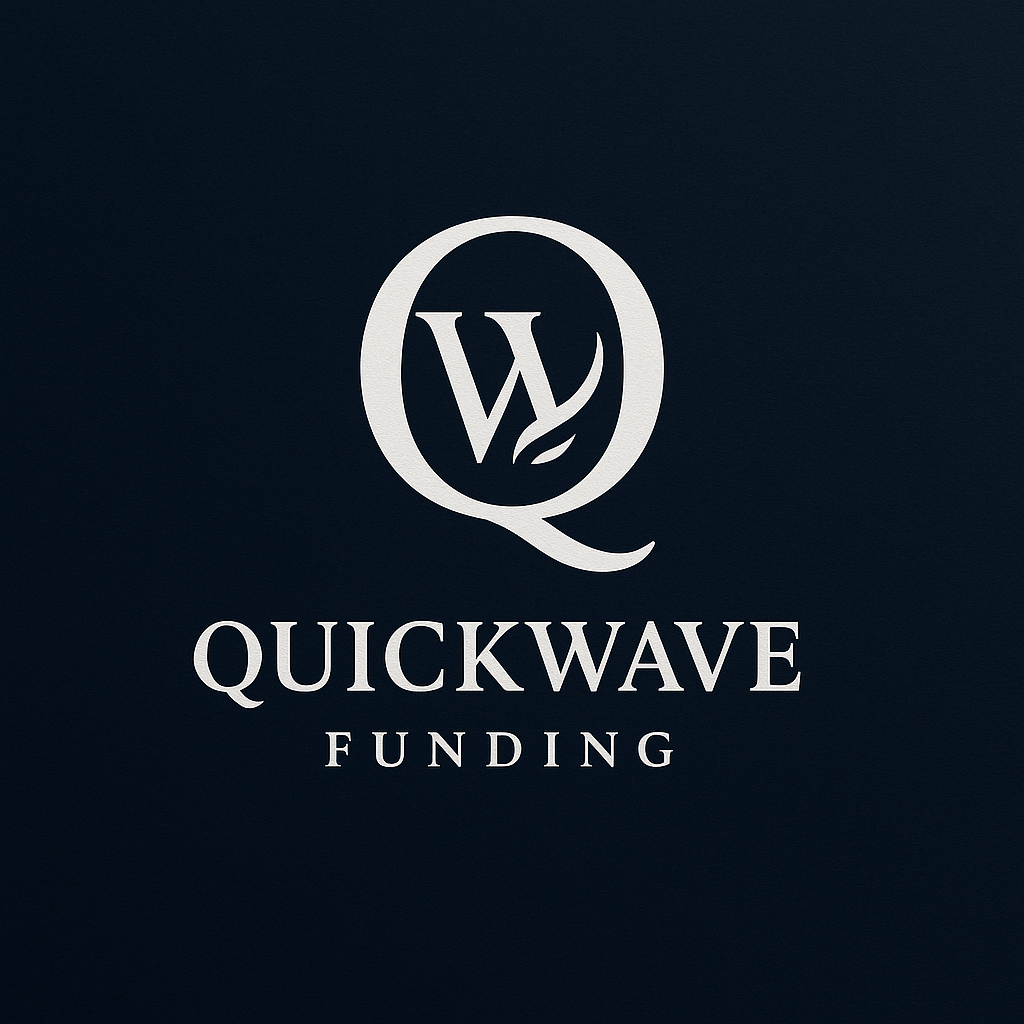Asset‑Backed Lending (ABL) — A practical guide
What it is — A business loan or line secured by specific assets (equipment, inventory, or accounts receivable). Lenders advance a percentage of the asset value and take a security interest as collateral.
Typical structures
- AR‑backed line: revolving line based on eligible receivables (subject to eligibility criteria).
- Inventory loan: term loan using inventory as collateral.
- Equipment loan: term loan secured by titled equipment.
Pros
- Often lower cost than unsecured working‑capital products
- Larger amounts possible if collateral is strong
- May be available when traditional bank credit is tight
Cons
- Requires valuations and documentation; setup can take longer
- Borrowing base reporting on lines (for AR/inventory)
- Collateral can be repossessed on default
Docs we typically request
- Business financials (P&L, balance sheet), aging reports (AR/AP), inventory lists
- Recent bank statements; equipment lists/titles if applicable
- Entity docs and IDs for owners
When ABL can beat other options
- You have solid receivables or inventory but need larger funding
- You want a lower cost than unsecured alternatives
- You can support light reporting for an AR/Inventory line
FAQs
How fast? Commonly 1–3 weeks depending on collateral and documentation.
Advance rates? Depend on provider and asset quality; receivables may support higher advance than inventory.
Prepayment? Policies vary; many loans allow early payoff (check your terms).
